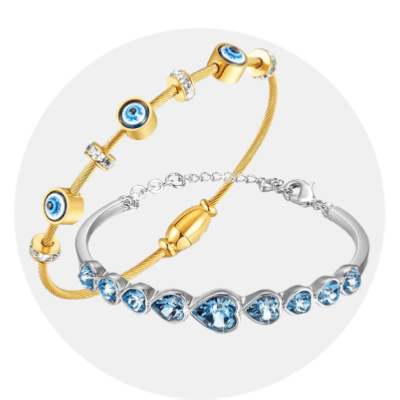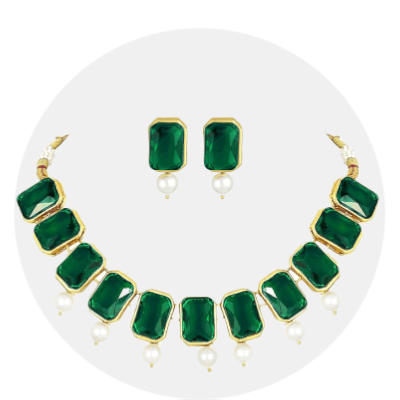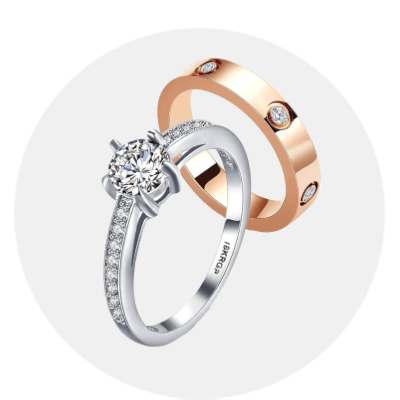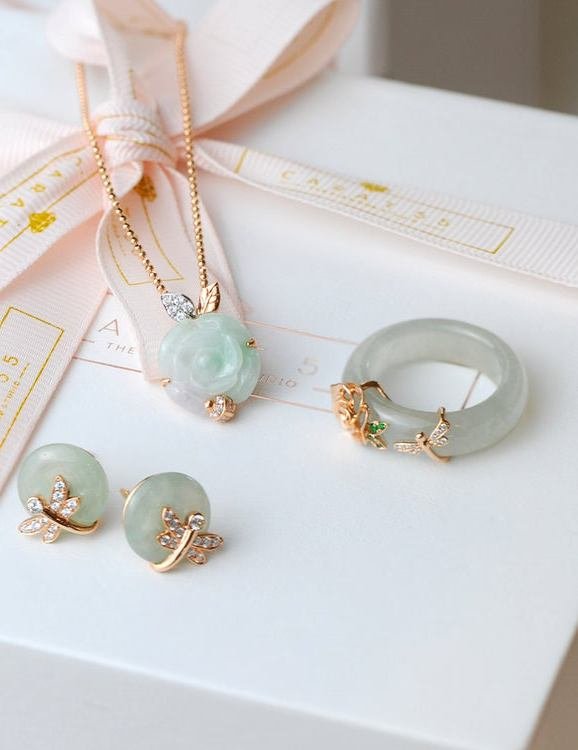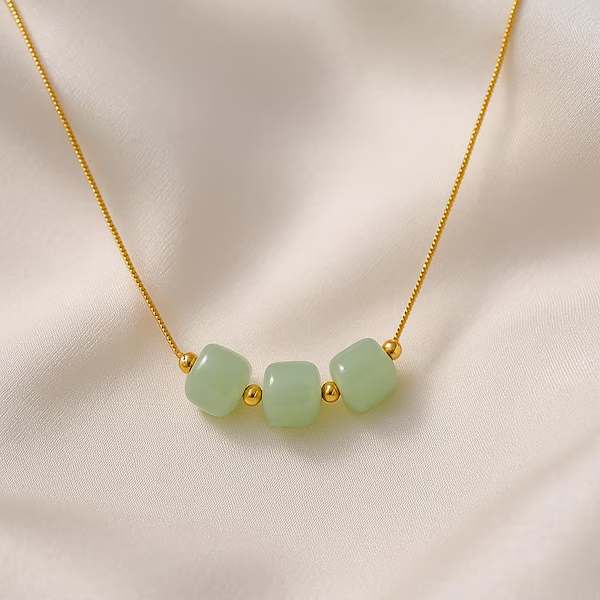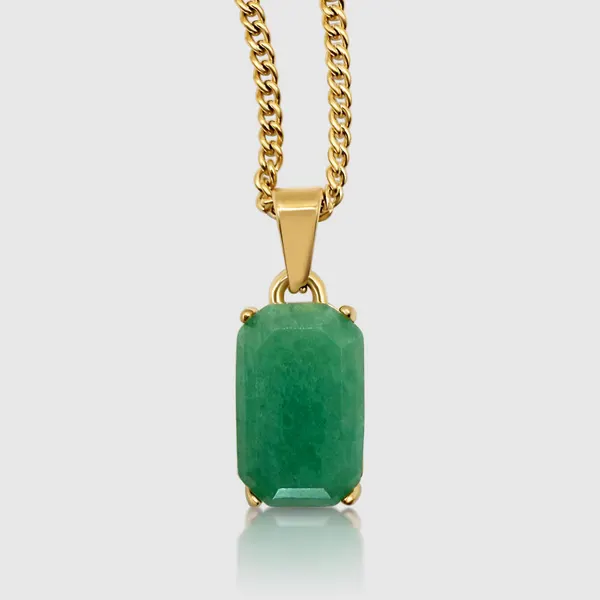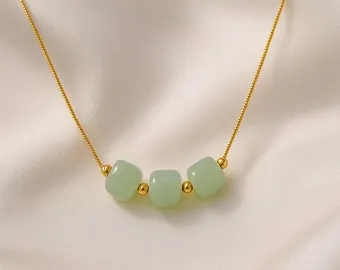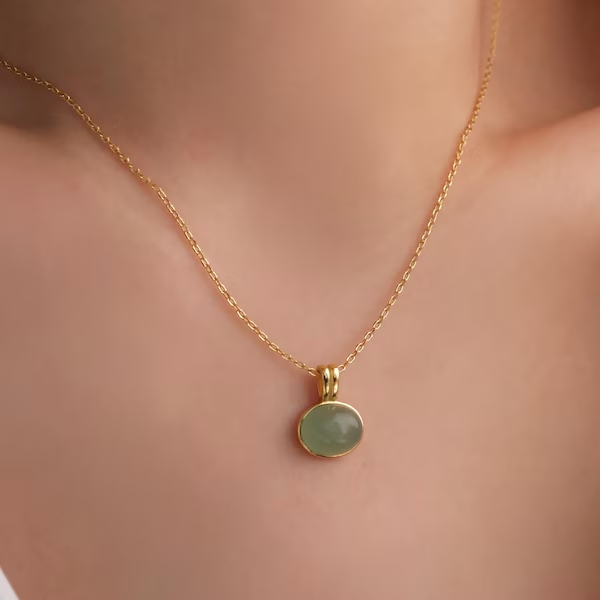Product categories
Jade Identification Guide by Real Jade
How to Spot Genuine Jade Easily
Jade is one of the world’s most treasured gemstones, prized for its beauty, durability, and cultural significance. However, the market is filled with imitations, making it essential to know how to identify real jade. This Jade Identification Guide by Real Jade will help you recognize authentic jade confidently, whether you are buying jewelry, collectibles, or raw stones.
What Makes Jade So Special?
Jade comes in two main types: jadeite and nephrite, both highly valued for different reasons.
Jadeite – Rare and vibrant, found in greens, whites, and lavender shades.
Nephrite – More abundant, with smooth texture and subtle green or gray tones.
Authentic jade is tough, cool to the touch, and slightly fibrous, distinguishing it from cheap imitations made of glass, plastic, or resin.
How to Identify Real Jade
Spotting genuine jade requires attention to its unique characteristics.
Cool Feel – True jade always feels cool in your hand.
Smooth Texture – Real jade has a waxy, fibrous surface that is pleasant to touch.
Natural Color Variations – Authentic jade shows soft variations in color, not flat or overly bright shades.
Hardness Test – Jade is scratch-resistant and cannot be marked easily with a knife or metal object.
These simple checks can help you identify real jade quickly.
Simple Jade Authenticity Tests
Here are easy ways to test jade at home or with basic toolsIdentifying real jade requires careful observation and a few simple tests. Here are the most reliable ways:
1. Feel and Temperature Test
Real jade feels cool to the touch, even in warm environments. Hold the stone in your hand; authentic jade retains a cold, smooth sensation. This is because jade has a high density and thermal conductivity compared to imitations like plastic or glass.
2. Surface and Texture
Genuine jade has a smooth, waxy texture with natural fibrous patterns. Run your fingers across the surface; you will notice a slight fibrous feel or natural striations. Fake jade often feels overly smooth, slippery, or plasticky.
3. Color Examination
Real jade displays natural color variations. Even the most prized jadeite is not completely uniform—shades of green, lavender, white, yellow, or black can appear naturally. Be cautious of stones that look overly bright, perfectly uniform, or artificially dyed.
4. Hardness Test
Jade is extremely hard, with a Mohs hardness of 6 to 7. Try lightly scratching it with a steel blade in an inconspicuous area. If it scratches easily, it is likely fake.
5. Weight Test
Genuine jade is dense and feels heavier than glass, plastic, or resin. Holding two stones of the same size, the real jade will feel noticeably heavier.
6. Sound Test
Tapping two pieces of real jade together produces a clear, bell-like tone. Fake jade, glass, or plastic produces a dull or muted sound.
7. Translucency Test
Hold the stone under bright light. Real jade allows light to pass through in a soft, cloudy manner. Glass or resin imitations often appear too transparent or too opaque.
Jade Stone Identification Methods
Understanding both home-based and professional methods ensures you never mistake fake jade for real:
Home Methods – Scratch test, tapping sound, coolness check, and light translucency.
Professional Methods – Refractive index testing, specific gravity measurement, infrared spectroscopy, and microscopic examination of the fibrous structure.
Using multiple methods together guarantees accurate identification.
How to Tell Jade from Fake Stones
Several stones are commonly passed off as jade. Here’s how to tell the difference:
Quartz vs Jade – Quartz breaks easily and lacks the waxy texture of jade.
Serpentine vs Jade – Serpentine is lighter and softer than real jade.
Glass vs Jade – Glass may have air bubbles and looks artificial.
Plastic vs Jade – Plastic is warm and light, unlike cool, dense jade.
Recognizing these differences helps protect your investment.
Final Thoughts
The Jade Identification Guide by Real Jade provides simple, effective ways to spot genuine jade. By checking texture, hardness, translucency, weight, and sound, you can confidently differentiate real jade from imitations. For collectors, buyers, and enthusiasts, understanding these traits ensures that you invest in a gemstone that is beautiful, valuable, and timeless.
Is jade suitable for everyday wear?
Yes, especially jadeite, which is very hard and durable. Nephrite is slightly softer but still suitable for regular wear if handled carefully.

